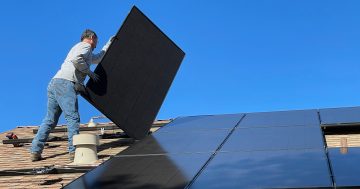
Hi all.
We are building over the next few months. I’m wondering if it is worth getting solar panels to assist with running aircon, under tile heating etc.
Is it worth the cost of the panels? Is installation easier/cheaper to do during construction, or does it make not difference if we wait until the other tradies are finished? The roof has a very steep slope, requiring scaffolding.
Can anyone recommend a brand/company in Canberra?
Any advice gratefully received?















